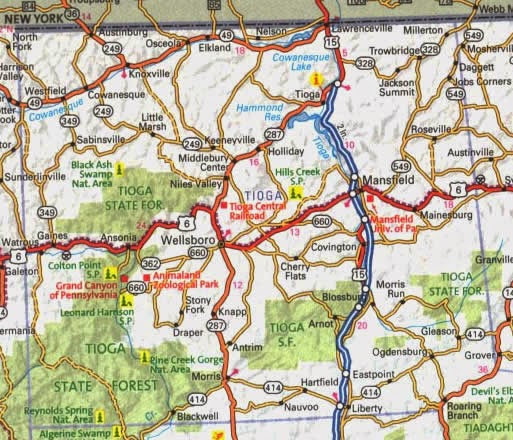How to Get Others On Board With a Plan B Mindset
It’s one thing to get your own mind to be open to adaptability in a changing environment – what I call a Plan B Mindset. It’s an entirely different thing to get your team (whether they work for you, with you or you work for them) to open their mind to the same possibilities. One of the questions I get most is, “how do I get others around me to see the world in the same way?” While the question isn’t only unique to being mentally nimble, it is important to truly build an adaptable culture.
I thought I would share a few quick thoughts in how I worked to keep people aligned and being adaptable, even if it’s not in their nature:
1. Turn the question from “why we can’t” to “how could we?” It’s amazing how many people want to be the Devil’s Advocate. I work hard to ban the language from my teams – there are enough devils around, we need people who can look at issues and strategy from a curious perspective. Curiosity is an amazing gift. A powerful question to ask when someone launches into the “why it won’t work” or “why we can’t” diatribe, is “how could it work?” I think about the old Reece’s Peanut Butter Cups commercial – “you put your chocolate in my peanut butter!” How can we combine things to make something new? How can we look at the issue from an entirely different perspective to see a new solution.
Turning the question from a negative one to a positive one helps everyone explore the issue – what would have to be in place in order to make a strategy work? If the pieces of it are too far beyond the realm of possibility, then maybe it actually can’t work. But by exploring those options, you might find a new pathway where most people saw only brick walls.
2. Don’t focus on the personalities, focus on the issues. It is easy for us to focus on the people and personalities – who is doing what, who got a new position and what does that mean, what the latest press release from a company was. Let’s be clear: working with a Plan B in mind doesn’t mean that we change directions every 38 seconds. What we have to do is separate the noise from the actual story – what is changing in the market and what implications does that have on our product, company or project? Does that mean we get it right every time? No, of course not. Sometimes the people and the drama are the story. But often they are just the noise. The important part is to talk out loud and dialogue about the difference.
3. Stories are powerful. Find examples of how being nimble and flexible helped your company, a project, your competitor – anything that can help people see a different future. People need concrete examples of the future and stories help people connect strategy and theory with how it works in the real world. Stories are how we each connect ourselves to the world around us. For most people, the example (not even a story) above of Reece’s Peanut Butter cups brought back an image of the commercial and reminded us that two things can be combined into something better (see the original on YouTube below). If a picture is worth a thousand words, a story is worth a thousand PowerPoint slides.
4. Keep people focused on the vision. If you can get people to agree that the vision is still intact, then you can begin to gain agreement on being flexible with the tactics. After all, if tactic A is not working, why wouldn’t we try tactic B to achieve our common goal. We can all become invested in our tactics. We worked hard to come up with them. We have tried hard to make them work. It is difficult to let go and try something else. But the important part is the end result – if we can all stay focused on the vision, then the way in which we get there becomes less personal.
These are my tips for keeping people focused on adaptability – in a Plan B Mindset. There are obviously many more as there are literally thousands of books on alignment and change efforts. I am a fan of Kotter’s book on Leading Change (summary of his eight-steps here or the book at Amazon). The most important point is to begin to shift the mindset of those around you. One of my business coaches (www.breakthruz.com) makes the point that if you are going to the moon, a one degree shift is significant. I agree that in business, getting people to make a one-degree shift is significant as well. Inertia is hard to overcome and movement – even one degree – can help in the alignment.


Comments
Post a Comment